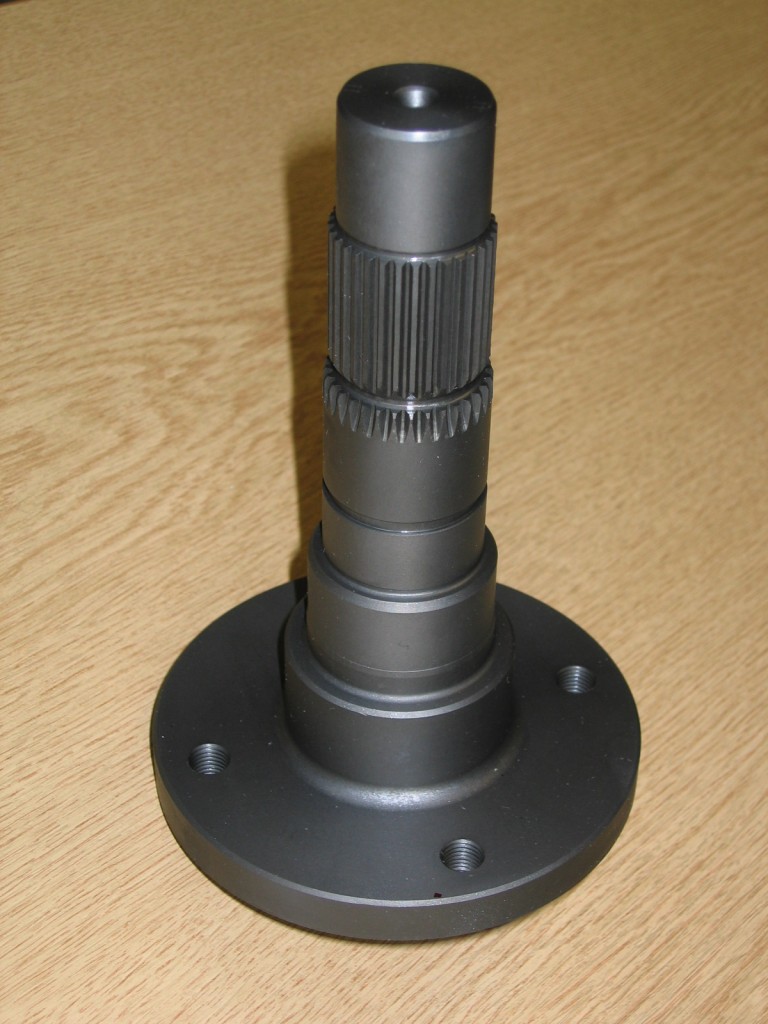PARKERIZING
Manganese phosphate coating has the highest hardness and superior corrosion and wear resistances than any other phosphate coating.The process of forming manganese phosphate coating is commonly know as Parkerizing.
Manganese phosphating is extensively employed to improve the sliding properties of engine, gear, and power transmission systems. The use of manganese phosphate coatings for improved corrosion resistance can be virtually found in all branches of the metal working-industry. Typical examples can be observed in motor vehicle components, brake and clutch assemblies, engine components, leaf or coil springs, drill bits,screws, nuts and bolts, washers, anti-vibration washers, tools, magnet cores, casting interiors and many other small items.
Manganese phosphate coating provide good corrosion resistance, whether a post-treatment such as oil application is to be used or not, and are invariably applied by the immersion method. The Phosphating process sequence can be summarized as follows:
The degreasing and cleaning are usually done with strongly alkaline cleaners at concentrations of 8-10% at a temperature of 70-80°C. Treatment times range from 25-30 minutes and the optimum time depends upon the surface condition.The phosphated components, after drying, are immersed in the oil or lubricant baths for 0.5-2 minutes. The thickness of the resulting oil film depends on the oil used and its concentration.
SCOPE
HAMBOND-ZM is designed to produce heavy manganese phosphate coating on iron and steel surfaces at Room temperature which conforms to the British Standard 3189.The process is also known as Parkerizing In practice, the weights of coatings are usually in the range 10 to 20g/m2. Such coatings, when sealed with oil, greases or wax provide outstanding protection against corrosion.
BENEFITS
- Manganese phosphate coatings are heavier and courser than zinc phosphate.
- Parkerizing is ideal for service applications and for the rapid break-in of new parts.
- It is anti-galling and will not flake or peel off.
- It offers wear resistance and reduces wear and tear during metal to metal contact.
- It is used to retain and enhance the performance of corrosion resistant oils and waxes.
- Our new Parkerizing process is an energy efficient process.Since this system ideally works at 35 to 40°C which reduces pre-treatment cost approximately 40-50% as compared to conventional Parkerizing or Phosphating processes operating at higher temperature.
- The chemical consumption of HAMBOND-ZM is reported to be 40 to 50% less then the conventional Phosphating chemicals working at higher temperature.
PROPERTIES
- It permits rapid break-in of moving parts without scuffing or welding by preventing metal to metal contact between the bearing surfaces.
- It increases lubrication of treated surfaces owing to the oil absorptive coating.
- It removes light metal scratches remaining due to machining operations.
- It retards corrosion.

